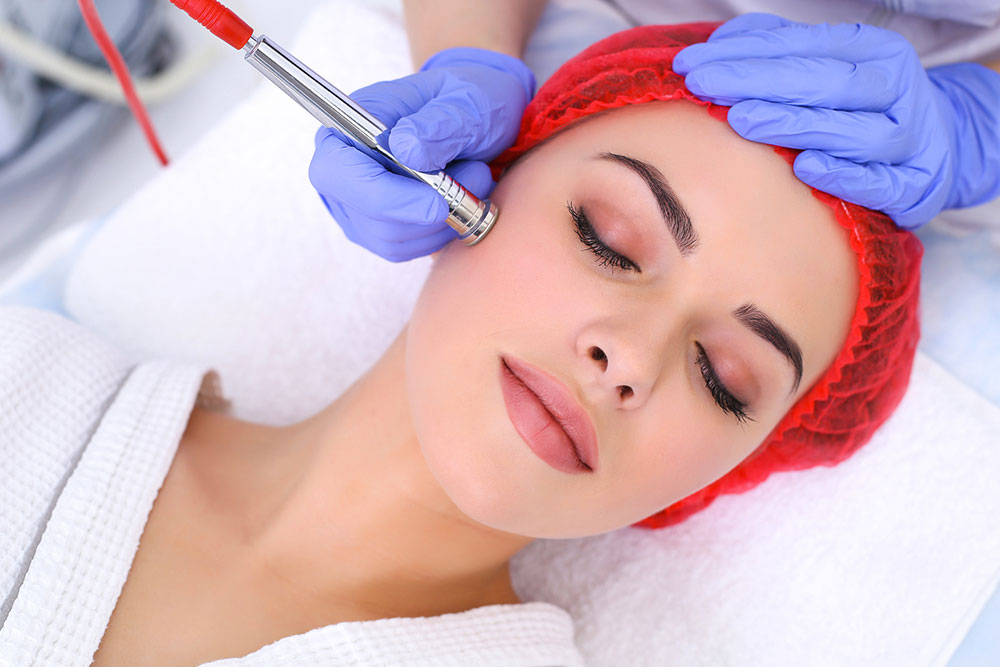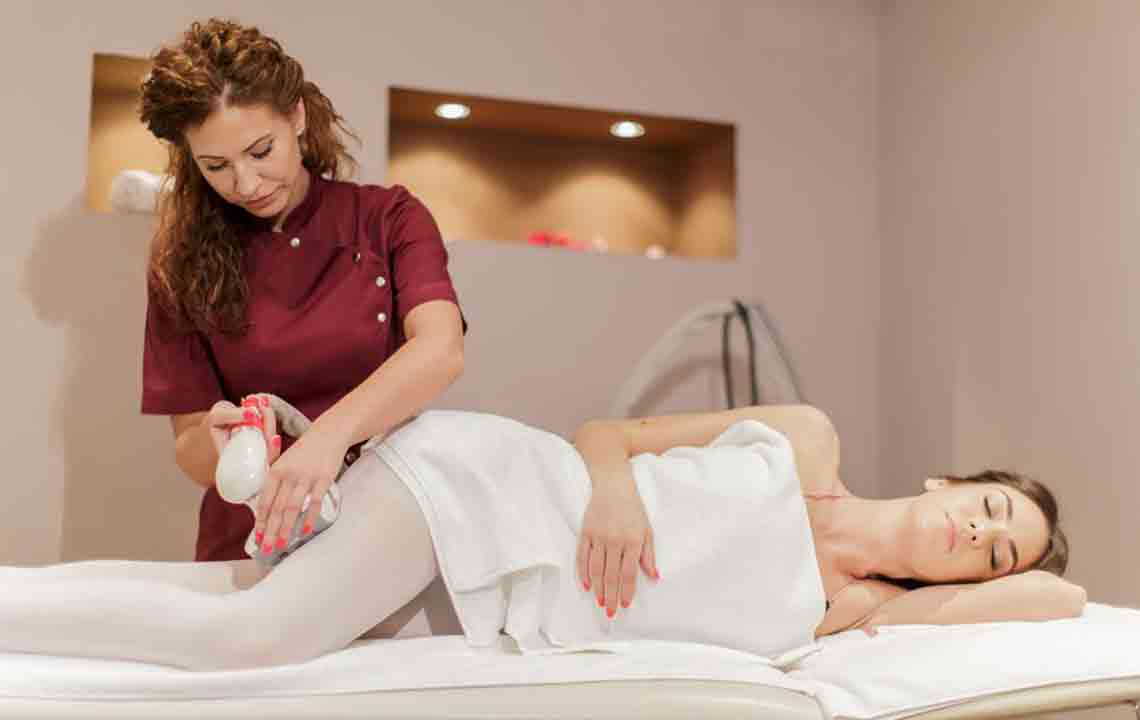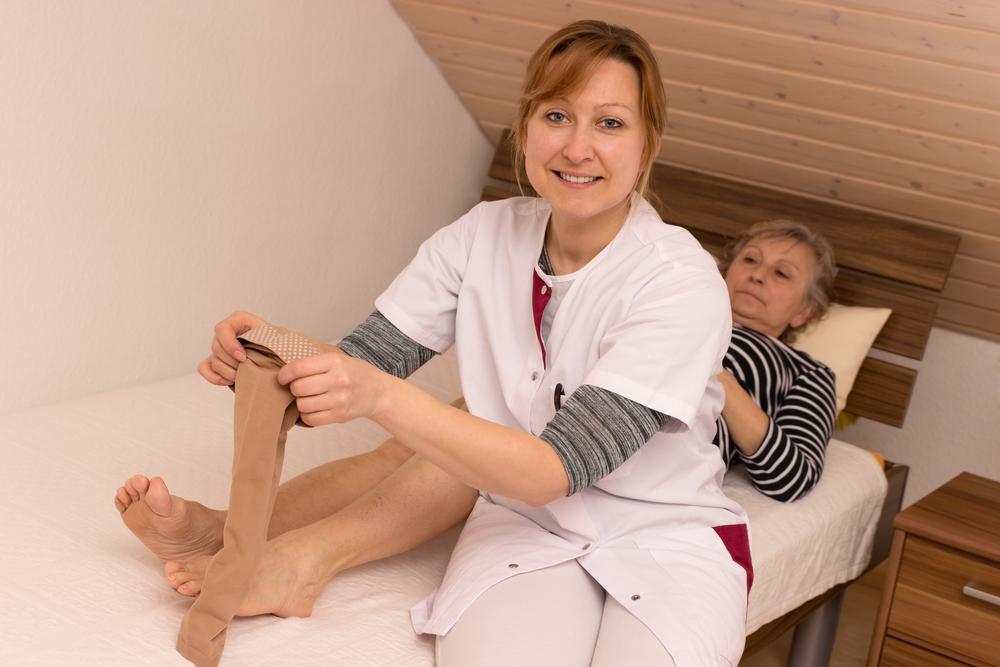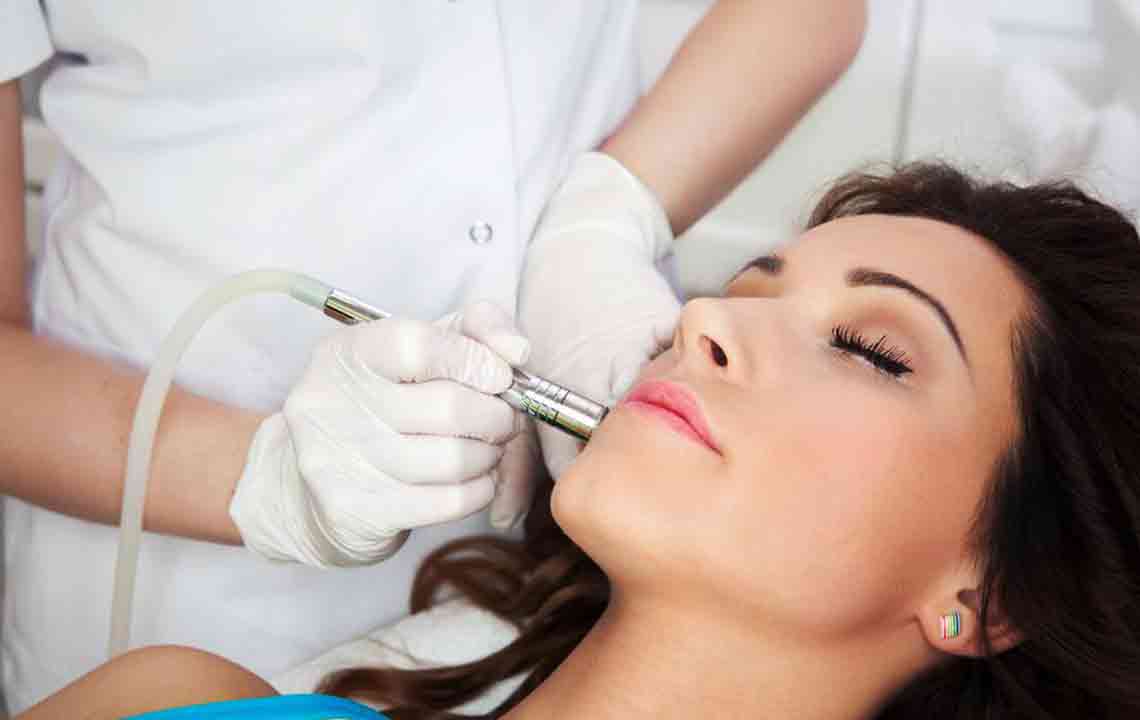Effective Techniques and Expenses for Scar Reduction
Discover effective scar reduction options including topical creams, laser treatments, and surgical procedures, along with their typical costs. Learn how different scar types are treated and what to consider when planning your scar removal journey.
Sponsored

Techniques for Scar Reduction: Approaches and Cost Insights
Injuries, burns, and inflammations may heal over time but can leave visible scars that affect appearance and confidence. Fortunately, various medical procedures, both surgical and nonsurgical, are available to significantly reduce or eliminate scars. From laser treatments to topical remedies, options are tailored to individual scar types. Understanding these methods and their costs is essential before choosing the right approach.
Scar reduction techniques
1. Topical treatments
For shallow scars, dermatologists often recommend topical solutions such as creams and gels. These products contain ingredients like vitamin C, retinoids, silicone, or hydroquinone, which can diminish the appearance of both old and new scars. They are non-invasive, with minimal side effects, making them suitable for gentle scar management.
2. Prescription options
This includes treatments for keloids and hypertrophic scars, relieving irritation and itching. Techniques like dermal fillers and cryotherapy with liquid nitrogen or argon gas may be prescribed depending on scar location and severity.
3. Laser therapy
Laser treatments are popular for fading acne scars and reducing redness, itching, and raised features. While they may not remove scars entirely, they effectively lighten them, especially for thick, elevated scars. Laser therapy can also decrease the visibility of stretch marks.
4. Skin grafts
Used mainly for burn or severe hypertrophic scars, this involves transplanting healthy skin from another body part or, occasionally, from a donor. The procedure requires careful wound management to prevent infection.
5. Microneedling
Through tiny punctures made with fine needles, this method stimulates collagen and elastin production, improving skin texture and reducing scars like stretch marks or acne scars. It’s essential to have this done by experienced dermatologists to avoid complications.
Causes of scarring
Acne
Severe acne can leave persistent scars due to deep skin penetration. Consulting a dermatologist can help determine suitable removal methods.
Burn injuries
Burn scars are often thick, itchy, or discolored, possibly restricting movement. Techniques like grafting or laser treatments can improve their appearance.
Cesarean procedures
Post-surgical scars from C-sections tend to be long-lasting. Treatments such as massages, gels, or laser procedures can aid in reducing these scars.
Piercing marks
Scars from body piercings may deepen over time. Dermatological procedures can effectively diminish these marks depending on their depth.
Cleft lip repairs
Scars from lip surgeries might remain visible if not treated early. Dermatologists can recommend appropriate interventions to minimize their prominence.
Stretch marks
Common during rapid growth or weight fluctuations, stretch marks can be treated through cosmetic procedures to lessen visibility.
Cost overview
Scar removal expenses vary based on scar type and size. Laser treatments typically cost between $200 and $3,400, while skin grafting averages around $3,000. Topical remedies are more affordable, with prices as low as $20. It’s important to discuss your budget and preferences with your dermatologist to select the most suitable treatment plan.





